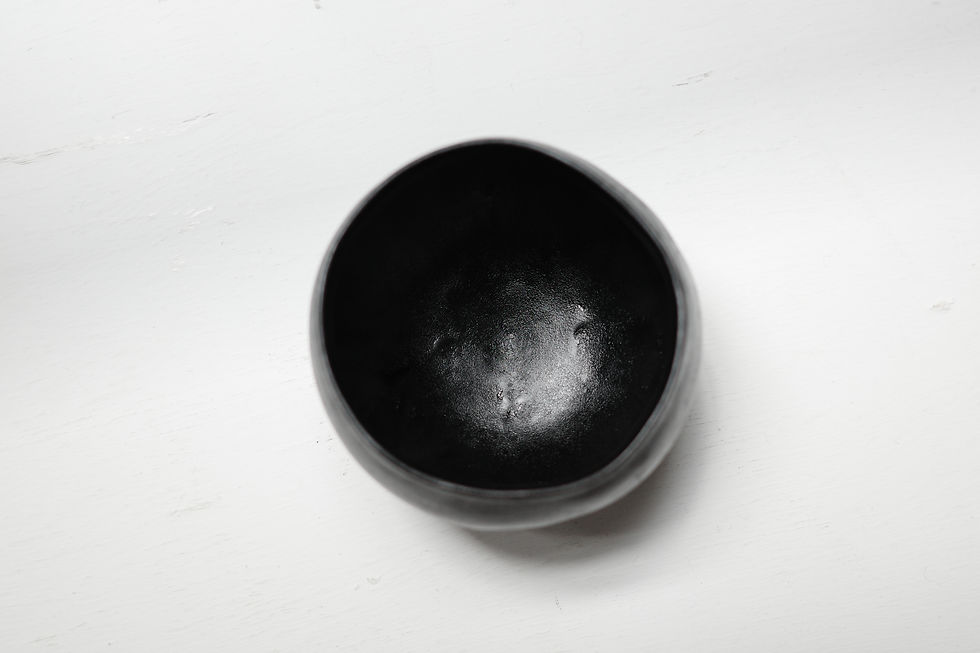HONG Yidong 洪乙棟 was born in Shanxi, China, in 1983. Graduated from the Guangzhou Academy of Fine Arts, he obtained his Master’s Degree in mural painting and lacquer painting in 2009. HONG’s artistic practices consist of painting, sculpture and Qishan 漆繕. He is well versed in different lacquer art techniques such as the Xipi, Maki-e, inlays of shells and eggshell from traditional application to reinvention. "The process of lacquer art creation is always full of surprises. The artwork is always covered until the final polishing. It is so mysterious and exciting as if I were a child digging a treasure."
Lacquer Qishan Wood-fired Porcelain Teapot with Xipi by HONG Yidong
Originated from China, Qishan (Kintsugi in Japanese) is an art of mending broken ceramics, with natural lacquer, sap of the tree. The same technique can also be applied on repairing bamboo, wood or even jade. It involves some very tedious process, with a variety of lacquer techniques. So, it means much more than just mending with gold. Philosophically, it is an act of embracing the flawed or the imperfect.
"Xipi" is one of the decoration techniques in Chinese art of lacquer, literally 'rhinoceros skin'. The patterns are created through a thick layer of lacquer which is manipulated into an uneven surface. Thin layers of multi-coloured layer will then be applied to the surface. After repeating polishing, the desired fluid patterns will be revealed.
The oldest lacquerware discovered dates back to the Warring States period (403-221 B.C.). the craft has been transferred to Japan, Korea, and other parts of Southeast Asia. The value of a piece of lacquerware only begins with the materials used to make it. A high quality piece of lacquerware requires the skills of several different elements: lacquer, layers, core materials, decoration, colours, design and process.






















